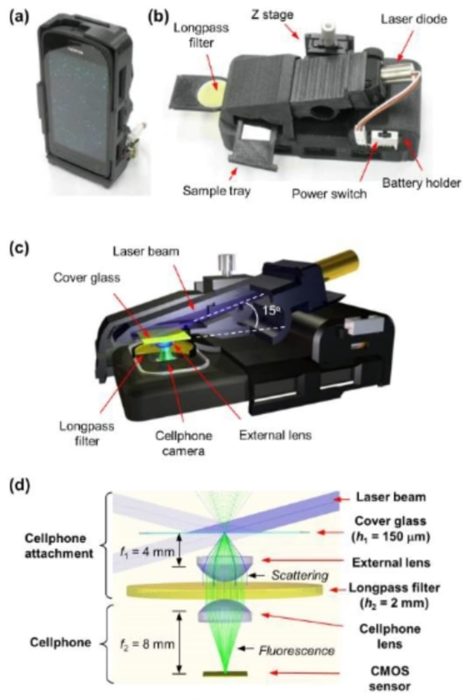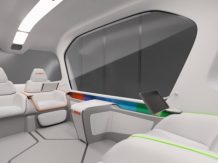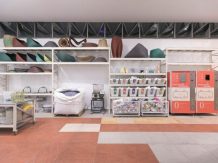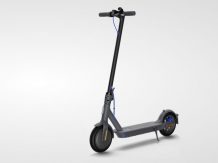Aydogan Ozcan is one of the figures associated with the development of three-dimensional printing technology. The scientist, however, does not focus on 3D printing, although he uses it partially. Its goal is to create low-cost, small-size devices that can be used in the field of smartphones, microscopes and diagnostic equipment.
Ozcan works on many projects simultaneously, ranging from the aforementioned three-dimensional printing to deep learning techniques. In 2013. his team created a device consisting of a smartphone, lens, color filter, laser diode and housing. It was used to detect bacteria and viruses and contributed, inter alia, to to the so-called cytomegalovirus. Just a year later, Ozcan and his people developed a similar device that measured the levels of heavy metals in water.
The man notices that the growing popularity of mobile phones offers a lot of possibilities. Smartphones are a platform for conducting biomedical tests and performing scientific measurements. However, to use their potential, additional elements are needed. Their creation is ensured by 3D printing technology. Ozcana has an interdisciplinary team that focuses on creating files for printing.
Solutions created by these people found their way to over 10 countries. Ozcan’s products and assets were acquired by Now Dx, meaning the projects will continue to expand. Currently, smartphone-based readers are used to detect, inter alia, cardiac arrest, drug overdose, or the presence of HIV. Others are under development and the range of options explored will soon expand.
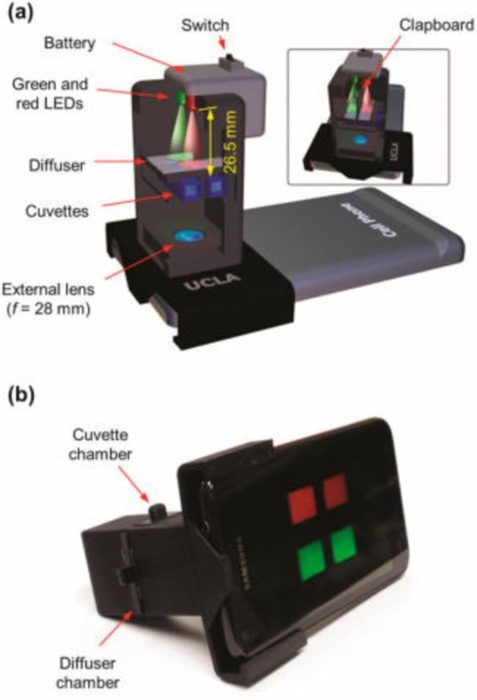
Such devices should find application, for example, in developing countries, where access to medical care is limited. In addition, they could be used by the elderly or the disabled, for whom leaving home is troublesome. In addition, mobile medical equipment will be useful in crisis situations, caused, for example, by natural disasters.
Besides, Ozcan has also developed more unconventional products. One of them is certainly the quantification of solid particles. It is able to scan 6.5 liters of air in 30 seconds. Thanks to this process, scientists were able to determine that the captured particles reached their destination from up to 47 kilometers away.
[Źródło: engineering.com; grafika: Lab on a Chip]





